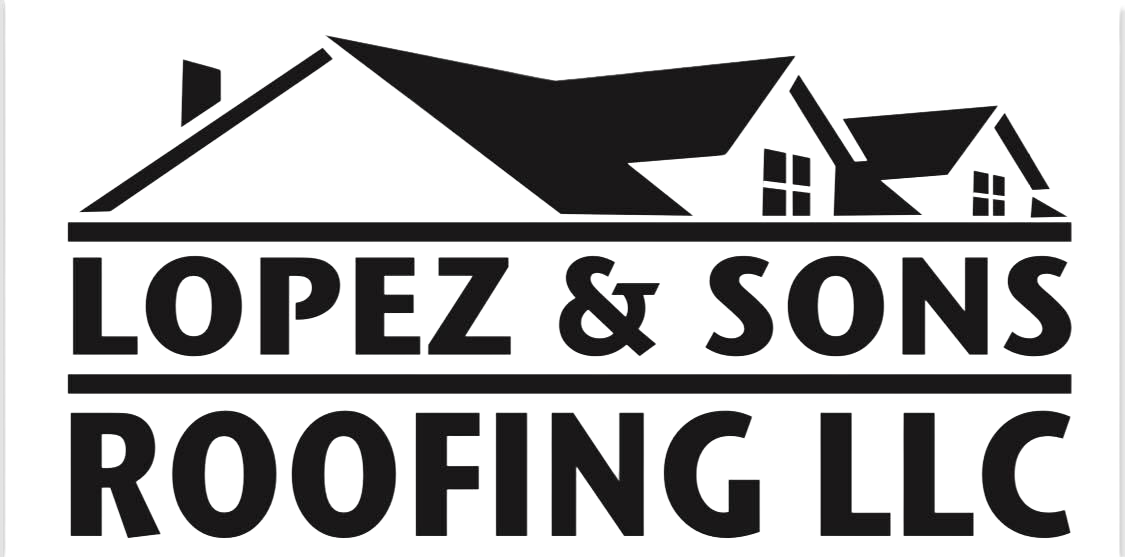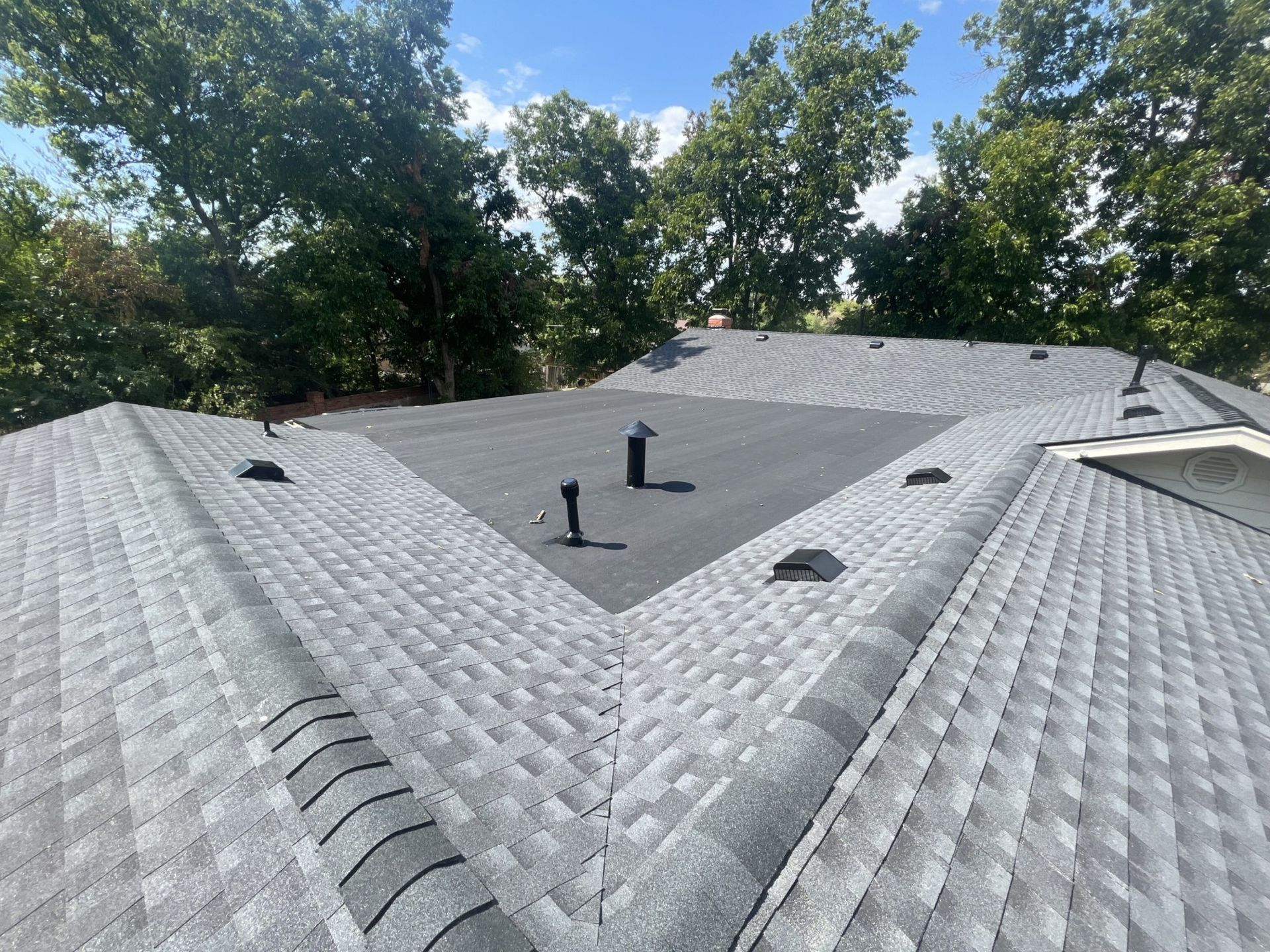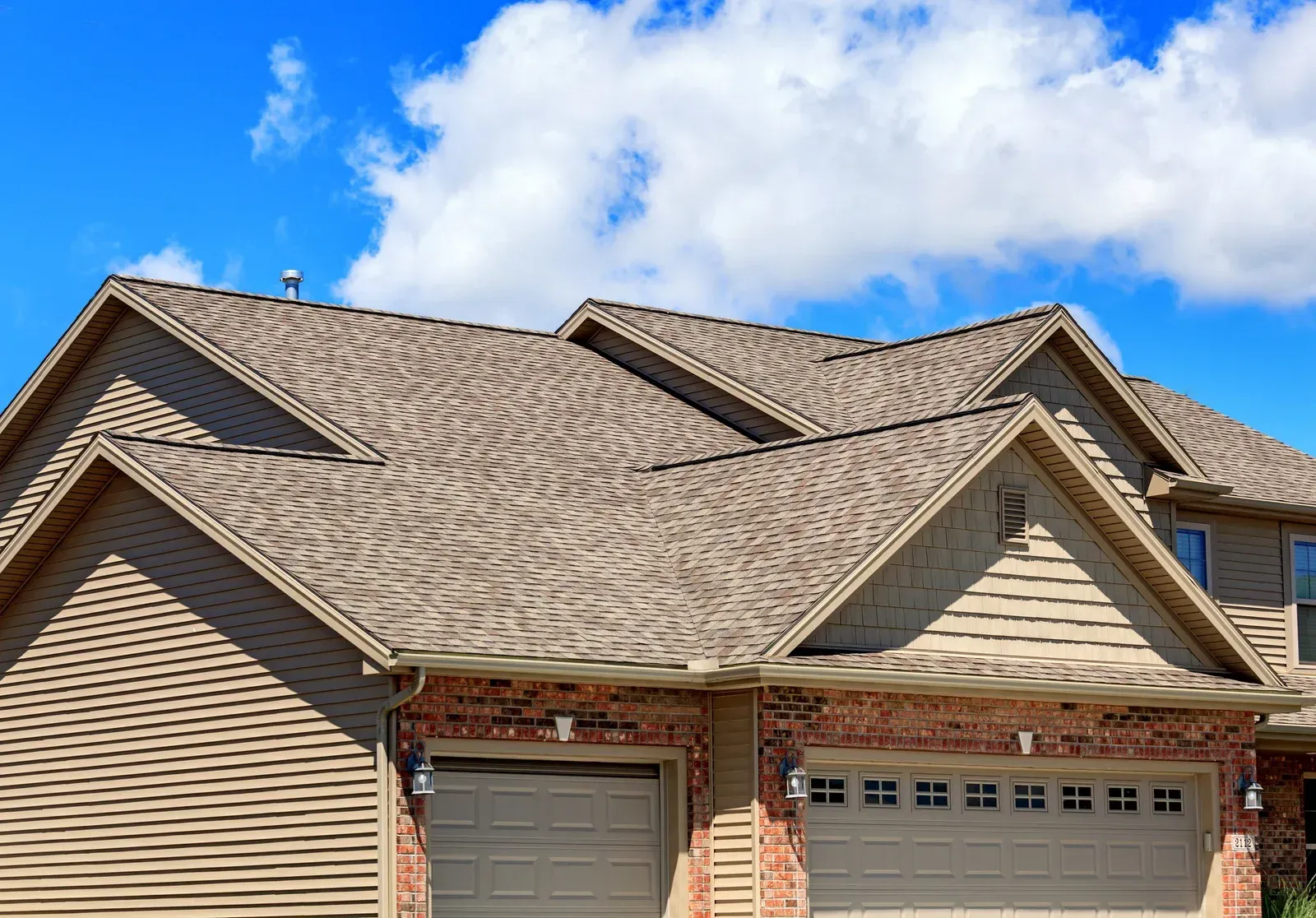How Fascia and Soffit Contribute to Energy Efficiency in Your Home
Even being crucial parts of your home's roofing system, fascia, and soffits are frequently disregarded in terms of energy savings. They may appear to be basic components, but they are essential to keeping your house at a suitable temperature. The horizontal board that runs along the roofline and covers the rafters' edges is called fascia, and the stuff that fills the space between the outside walls and the roof is called soffit. Collectively, they facilitate ventilation, control temperature, and shield your house from moisture, all of which improve energy efficiency. To avoid too much heat accumulation in your attic, which might make your air conditioning system work harder, proper ventilation is essential. Fascia and soffits are crucial for lower energy use and utility costs because they enhance attic airflow, regulate temperature swings, and protect insulation. They are therefore a wise purchase for any household.
What Are Fascia and Soffit?
Soffits and fascia are two crucial parts of any roofing system. Usually covering the ends of the rafters, the fascia is a wide board that runs down the roof's border. It adds a polished appearance to the roofline. Conversely, the substance that extends beneath the eaves and forms a space between the house's outer walls and the roof is called the soffit.
Improved Ventilation for Better Energy Efficiency
Ventilation serves as one of the main ways fascia and soffits support energy efficiency. Maintaining a constant temperature within your house depends on the attic space having adequate ventilation. While the fascia permits heated air to exit, the soffit permits fresh air to enter the attic. This continuous airflow helps avoid heat accumulation, which can result in increased cooling expenses.
Protection Against Moisture and Insulation Loss
Soffits and fascia are also crucial for safeguarding your attic's insulation. Rain and snow are kept out by a properly built soffit, avoiding moisture accumulation that can cause mold development and insulation damage. Insulation loses its efficacy when it becomes wet, which lowers the energy efficiency of your house. The insulation in your attic will remain at its peak performance if your fascia and soffit are kept up to date.
Control of Temperature Fluctuations
Fascia and soffits not only facilitate ventilation but also assist keep temperatures in your house steady. They prevent your attic from becoming overly hot or cool in the summer or winter by controlling the airflow. In the winter, this temperature control protects heat from escaping, while in the summer, it keeps cool air inside. Because your heating and cooling systems don't have to work as hard, you use less energy and pay less for utilities.
The Energy-Saving Benefits of Fascia and Soffit
Despite their seemingly insignificant appearance, fascia and soffits play crucial roles in the energy efficiency of your house. By enhancing attic ventilation, safeguarding insulation, and controlling temperature, they can help reduce energy costs and make your home more comfortable. Long-term cost savings can be achieved by investing in
high-quality fascia and soffit installation, which can significantly improve your home's energy efficiency.



